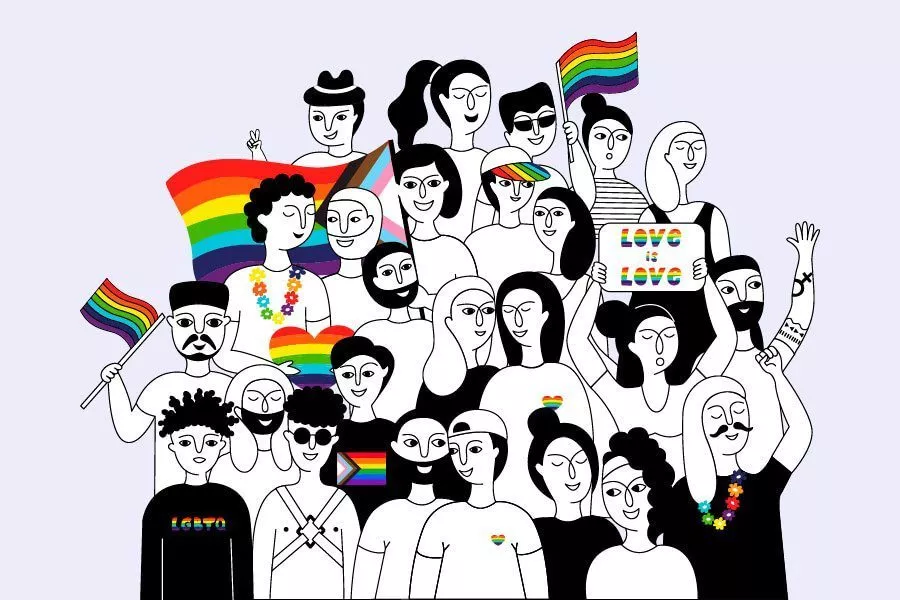Periods aren’t just an issue for women, as trans men and non-binary people may also have a womb and periods. The assumptions and terminology surrounding periods are heavily gendered, and that’s why it’s good to remember that periods aren’t a sign of womanhood.
Information increases equality
Periods should be dealt with more widely and it should be understood that periods or a lack thereof do not determine who is a woman and who isn’t, Women who have gone through the menopause do not have periods, and hormonal contraception can also stop periods. Some women have had a hysterectomy due to illness, and trans women have never had a womb at all.
Trans men who undergo hormone replacement therapies may still have periods, which usually stop a few months after beginning testosterone. Some men do not want to take hormone replacement therapy, however, and so their periods continue as normal. Agender and non-binary people may also have periods.
Society is changing with attitudes
Taking a close-minded approach to periods may cause headaches and identity issues. Trans women may experience discrimination and have their womanhood criticized because they don’t have periods. Trans men may experience difficult situations if their period begins suddenly but there are no pads or tampons in the men’s toilets in the workplace. People find it hard to approach challenges relating to periods, such as PMS symptoms with compassion.
By changing attitudes and broadening perspectives, we can also stamp out discrimination against gender minorities. The least anyone can do is to understand that periods do not define womanhood and understand the diversity behind them.
Do you already know these terms? How to use the right terms
Cis means that a person’s gender identity and expression align with the gender they were assigned at birth and with cultural expectations. A cis woman is called a girl at birth, and a cis man is called a boy.
Trans is the opposite of the word cis, and refers to a person whose gender does not unambiguously align with the gender they were assigned at birth and the related cultural expectations.
A trans youth refers to a young person whose gender identity may be non-binary, transgender, or a cross-dresser.
A cross-dresser is usually satisfied with the gender they were assigned at birth, but they feel the need to express another gender in how they dress and act. It is important to cross-dressers that you interact with them as the gender that they are currently expressing.
Intersex refers to when a person’s chromosomes, genitals or hormone function is not unambiguously typically male or female. Intersex may also be a gender identity for some people.
A non-binary person may be both a man and a woman, something between the two, or something else entirely.
Gender reassignment refers to medical treatments that a transsexual or non-binary person can use to make their body align with their gender identity. Gender reassignment is a social and legal process.
An agender person is someone who has no gender identity. Some people, however, think agender is a gender identity of its own. An agender person may refer to themselves as agender.
Source: Duodecim Aikakauskirja, Seta ry, numerous comments on blogs and Instagram
Period shame has no place in the 2020s. Let’s beat it together! Read the full article.





